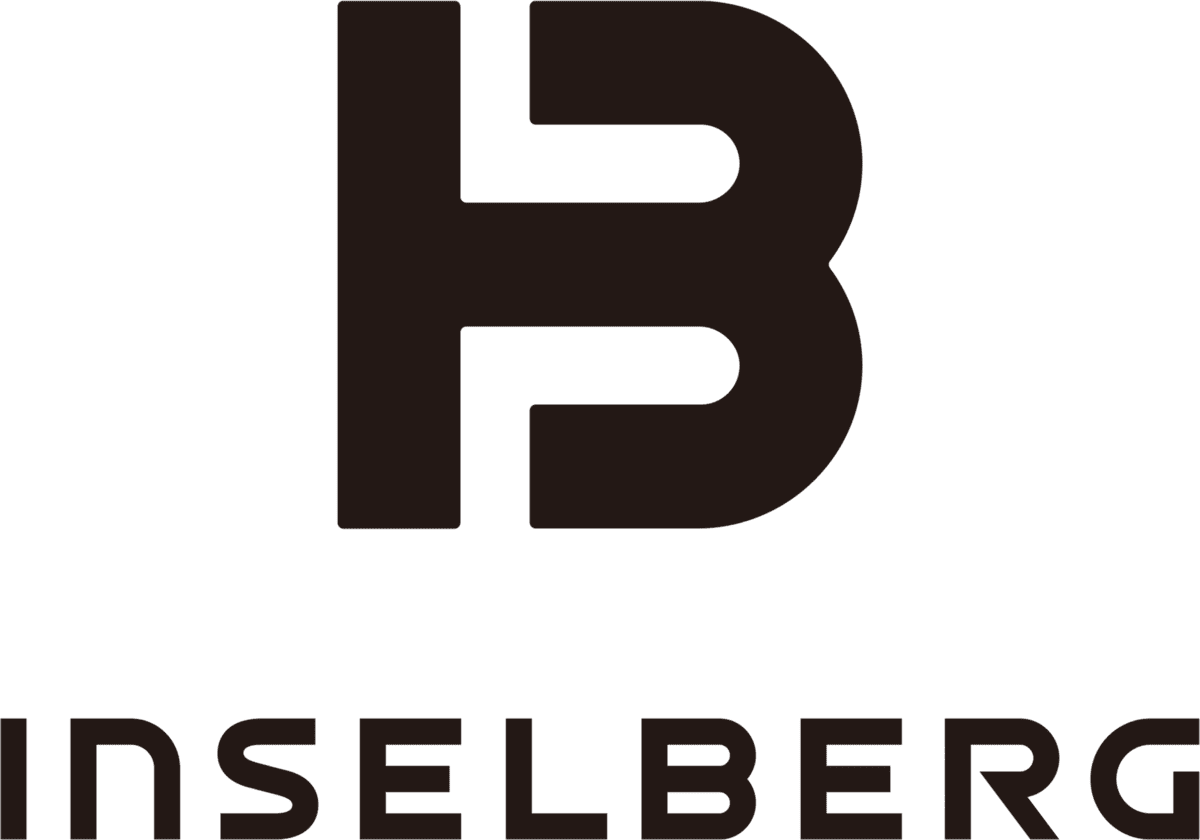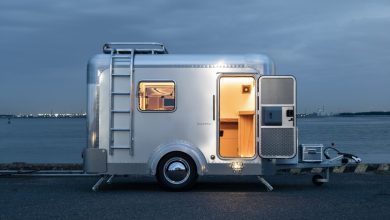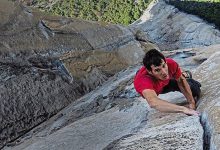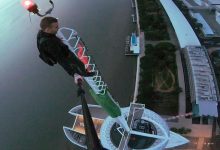
When you strip away the noise—the hype, the fashion cycles, the empty marketing—what’s left?
For the founders of Inselberg, it was a clear answer: performance, made for purpose.
Born from a restless frustration with the outdoor industry’s drift into aesthetics over function, Inselberg took root in a converted milking shed in New Zealand, armed with a single sewing machine and an uncompromising philosophy. From the start, the mission was brutally simple—create tools built purely for the mountain, engineered to endure, and refined for precision. Every decision, every stitch, every prototype exists for a single purpose: to work flawlessly when the stakes are highest. Across glaciers, summits, and rescue operations, Inselberg has carved out a distinct identity—quiet, exacting, and unflinching.
This isn’t just gear for the outdoors. It’s a statement: the mountain doesn’t change with trends, and neither should the equipment trusted to navigate it.
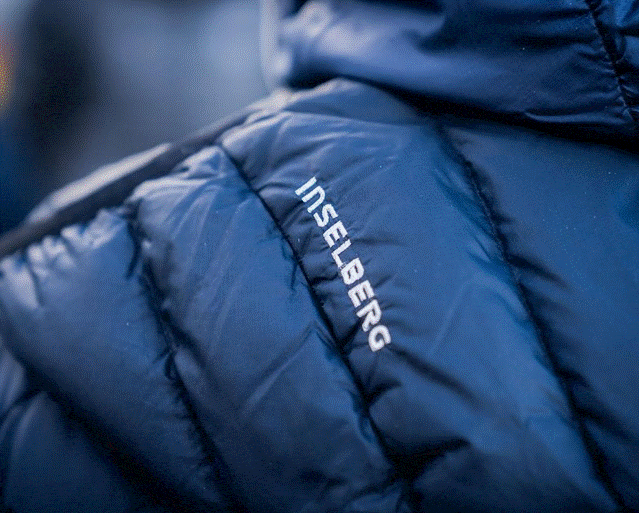
We then asked Jarlath, the founder of Inselberg, the hard questions:
1. What inspired the founding of Inselberg?
We started Inselberg because we saw something changing. Technical alpine brands were slowly drifting toward fashion—more focused on aesthetic relevance than technical evolution. And while there’s nothing wrong with that—it brings more visibility to the sport—we knew we never wanted to go down that path. Chasing trends is exhausting. The mountain doesn’t change with trend cycles, and neither should the tools built for it.
What we wanted to build was something enduring, not timeless in a nostalgic sense, but engineered to always work. Gear that is singular in purpose, crafted with precision, and defined by its utility, not its aesthetic. Inselberg is about design as craft. It’s about making products that are beautiful because they function perfectly. That clarity of purpose is what drove us then—and still does now.
2. Can you describe the early days of Inselberg operating out of a converted milking shed in New Zealand?
It was the only clean spot on the entire farm. It wasn’t meant to be a long-term setup—just a temporary solution to get started—and it all began with a single sewing machine. That first step was out of necessity: we were working with some of the world’s most respected factories, the same ones trusted by Arc’teryx, Patagonia, and Norrøna. But as a small company, keeping their attention was difficult. When samples did arrive, they took four to eight weeks to get to New Zealand.
Eventually, we realised we had to learn to make the products ourselves. That one sewing machine turned into a full studio equipped with laser cutters, waterproof taping machines, and bonding equipment. It gave us complete control. First, we could now create samples in-house to exact specifications and send factories a complete, fully constructed reference with steps and patterns—removing any development burden from their side. Second, it let us co-develop with alpine professionals in real-time. We could build a prototype in under 48 hours, get it into the field, and immediately start iterating. On average, we go through 12–18 prototypes before we’re satisfied enough to move to production.
We’ve since graduated from the milking shed. We now operate out of a proper office, and the shed has returned to its original purpose—milking dairy cows. Second, it let us co-develop gear with alpine professionals in real-time. We could produce prototypes in under 48 hours, get them onto guides, and immediately refine based on feedback. On average, we go through 12–18 iterations per product before both we and the guides are satisfied enough to send it for production.

3. What does the name ‘Inselberg’ signify, and how does it reflect the company’s philosophy?
An inselberg is a singular mountain that rises abruptly from a flat surrounding plain—formed through erosion that strips away everything else, leaving only the most durable rock behind. It’s a geological process of refinement, revealing what truly endures.
The name mirrors our development philosophy: iterative, uncompromising, and focused on what matters. Like the landform, our gear stands apart—distinct, resilient, and singular in its purpose. We build with one objective in mind, and that clarity drives every decision.
4. Why does Inselberg emphasize creating products with a singular focus and purpose?
Because the mountain doesn’t care how many features your jacket has. It cares whether your gear performs under load, during transitions, and when conditions shift unexpectedly. Every product we make is developed for a specific scenario—with no room for compromise.
Take skiing, for example. On-piste skiers require structured articulation, precise venting, and thermal regulation built around lift-accessed effort levels. Ski mountaineers, by contrast, need lightweight mobility, aggressive breathability, and critical pocket placement for skins and transitions. Though both involve skis, the use cases are completely different—and we design for those exact differences.
What we care about are the small, technical decisions that affect performance by 1%. That 1% matters when you’re operating in exposed terrain or variable snowpacks. We don’t make a range of gear hoping it covers the job. We make one solution per use case—and refine it each season until it’s the most precise tool we can make.
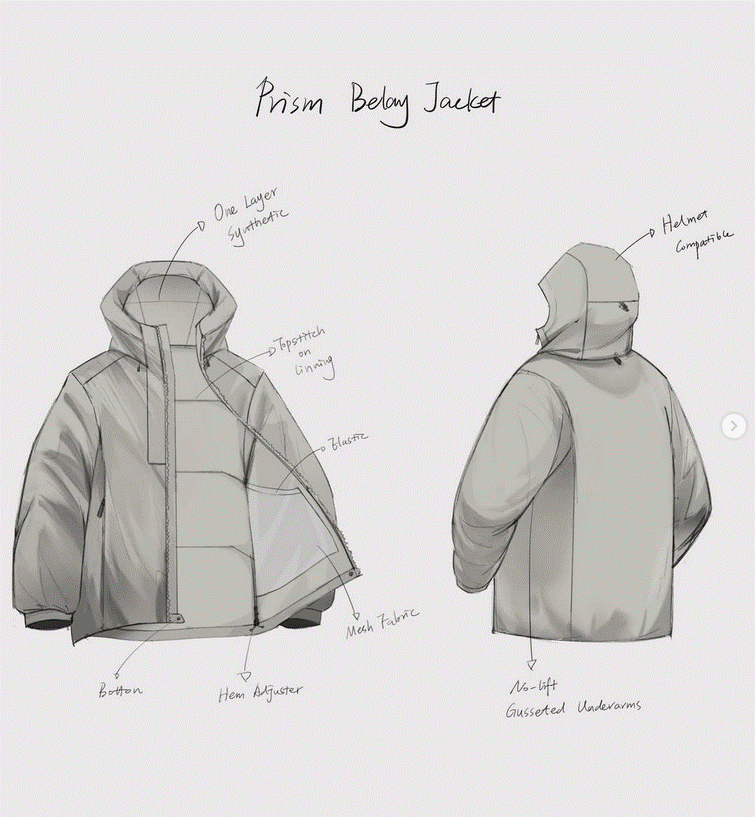
5. What challenges did Inselberg face during its initial product development stages?
Our biggest challenge was time. Building something that truly worked meant we couldn’t release a product just because the winter season was approaching—we released it only when it was ready. That required discipline: holding back launches until the product was complete, tested, and proven in the field. It went against the typical seasonal calendar, but we believed performance had to come first.
That approach also demanded flexibility from the entire team and our manufacturing partners. Everyone had to buy into the process of co-developing something precise and purposeful, even if it meant moving slower. It took the right people coming together at the right moments to build something that could stand up to the 1% conditions we design for. That shared commitment made the difference.
6. How does Inselberg’s minimalist design philosophy set it apart from other outdoor equipment brands?
Minimalism for us isn’t about being simple—it’s about being exact. Every seam, every panel, and every feature is considered and placed with intent. That exactness allows us to reduce failure points and make repairs straightforward—fewer components mean fewer things that can go wrong and simpler paths to fix them if they do. Our gear is built with restraint and precision, resulting in durability that comes not from overbuilding but from designing only what’s necessary.
That minimalist approach extends beyond the design of each product—it defines our entire range. We don’t build collections to fill shelves. We make only what we believe is necessary. By focusing on what’s essential, we ensure every product exists for a clear reason. That discipline lets us invest fully into refining each piece, rather than spreading effort across a wide assortment.
You also won’t find a large logo on our chest. We place our logo discreetly on the back of every product to keep the attention on what matters—the construction, the performance, the detail. The branding stays quiet so the design can speak for itself.
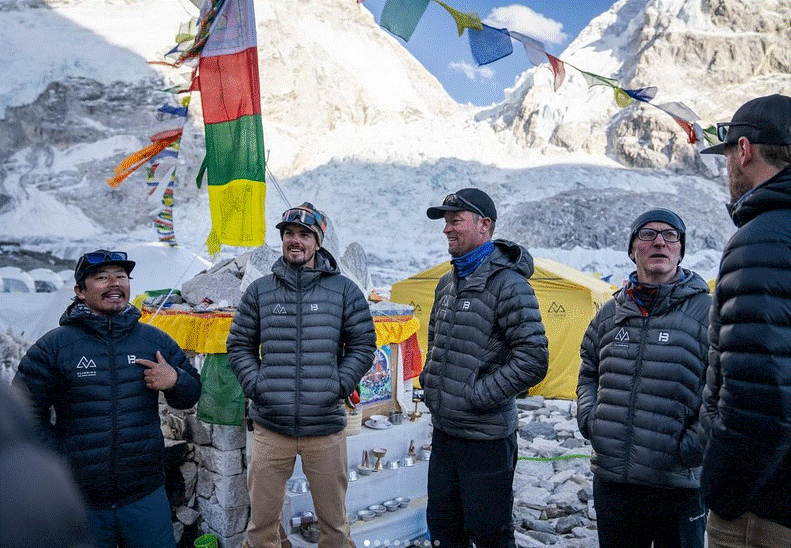
7. What specific needs or gaps in the market did Inselberg aim to address with its products?
There are plenty of brands that get the basics right. If you need a rain jacket, there are dozens of offerings that will keep you dry. But when it comes to the final 1%—the margin where gear moves from functional to exceptional—that’s where most products fall short. That’s the space we operate in. Our gear is built for those who move fast in consequential terrain, where fit, articulation, and efficiency matter more than a long list of generic features.
We work directly with alpine professionals, mountain guides, and search and rescue teams to co-create solutions that are exact and field-proven. This isn’t about attaching a name to a jacket—it’s about building alongside the people who rely on this gear every day. That partnership drives every decision, from materials to patterning, and allows us to solve real-world problems with focused, purpose-built equipment.
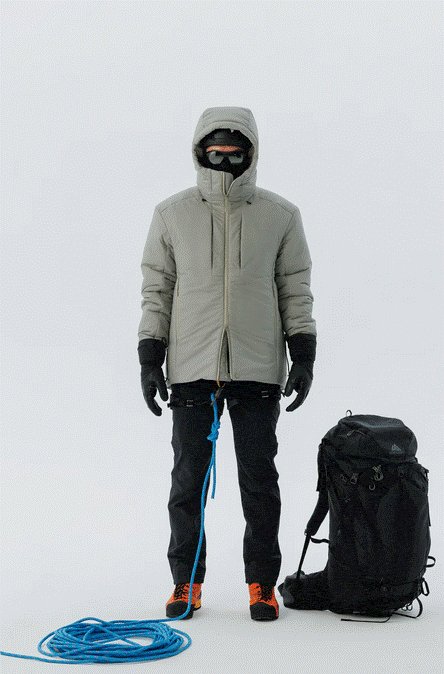
8. How does the collaboration with the Aoraki Mt Cook Alpine Rescue Team (AMCART) influence product refinement?
This isn’t a traditional brand-athlete relationship. We’re not working with AMCART to drive awareness or hype—we’re building gear with them because they know what’s needed. They define the requirements. As professionals who live in their gear year-round, they understand where failure occurs and what equipment has to do when the conditions are unforgiving because they operate in it.
This is a partnership. Inselberg is an alpine design lab. We prototype, we test, we iterate—over and over—until the product meets AMCART’s standard. Not ours. That’s the only way to create equipment that truly works when it matters most.

9. Can you elaborate on Inselberg’s meticulous two-year design process for new products?
Our design process starts with a clearly defined need—either to fill a gap in what’s available or to improve something that falls short. From there, we work directly with alpine professionals and mountain guides to break that need down into specific performance demands: what movements are required, what loads are carried, where stress builds, and how the body articulates through skiing, climbing, or transitions. We study how they move, reach, skin, and transition—and build the product requirements from these real-world observations.
Once we’ve identified materials that could meet those needs, we begin the technical design phase. This isn’t just lines on a screen—this is applied design science. We map every seam and panel to eliminate pressure points and ensure that nothing restricts natural movement. Seam placement, panel shaping, and fabric orientation are all engineered to maintain mobility under strain, allowing the garment to move with the body, not against it.
Then comes prototyping. We iterate repeatedly—typically 12 to 18 times—cutting and reconstructing garments while using video analysis, real-world testing, and professional feedback to refine fit and flow. We perform what we call “Frankenstein testing,” comparing multiple materials or cuts in a single garment to isolate improvements. Once we achieve the right fit and movement, we shift into construction development—evaluating bonding strength, seam taping integrity, and glue adhesion for performance under cold and high-moisture conditions. Each step is handled by someone with deep technical knowledge in that part of the build. This is not fashion design—it’s the engineering of alpine equipment.
10. How does the company ensure the durability and repairability of its gear?
The two things that affect durability and repairability the most are the base materials and how the product is constructed—these are our two primary areas of focus. We don’t just choose fabrics off a swatch card; we work directly with mills to co-develop materials specific to our needs, adjusting weave structure, denier, stretch recovery, and coatings. Most of our sourcing is done through technical mills in Japan, Taiwan, and France, where we can control quality at the yarn level.
Construction is treated with the same level of scrutiny. This is engineering, not assembly. We test stitch types, glue systems, seam taping methods, and bonding techniques across lab conditions and mountain conditions. We stress-test for abrasion, water resistance, washing cycles, and load fatigue. Garments are taken apart and reassembled repeatedly to study weak points and define how a product can be repaired without compromising integrity. This allows us to not only make products that last—but products that can be trusted when there’s no margin for error.

11. How have Inselberg’s products been tested in extreme environments like Everest and Antarctica?
High-altitude environments are the ultimate testbed for alpine gear. On Everest, temperatures can fall below -40°C with high winds and low oxygen—conditions where there’s no room for error. In the polar regions, temperatures remain consistently brutal over extended periods. In these extremes, performance isn’t about convenience—it’s about survival. That’s why we don’t just test gear in these places—we develop with the people who operate in them.
Our partnership with Mike Hamill and Climbing the Seven Summits (CTSS) has been central to this. CTSS is a leading global guiding operation, running expeditions across Everest, Denali, Aconcagua, Vinson, and more. Mike has summited Everest himself more than six times. With his team, we engineer with precision—refining every detail, from insulation distribution to construction method—to meet the requirements of environments where failure isn’t an option. The Centile Hoody has gone to the summit of Everest and skied the final degree to both the North and South Poles. We’re currently developing a new down suit for Everest 2026 with CTSS, applying the same engineering process to ensure it’s tuned for prolonged exposure to sub-zero windchill, oxygen-deprived exertion, and the specific mechanical demands of high-altitude alpin
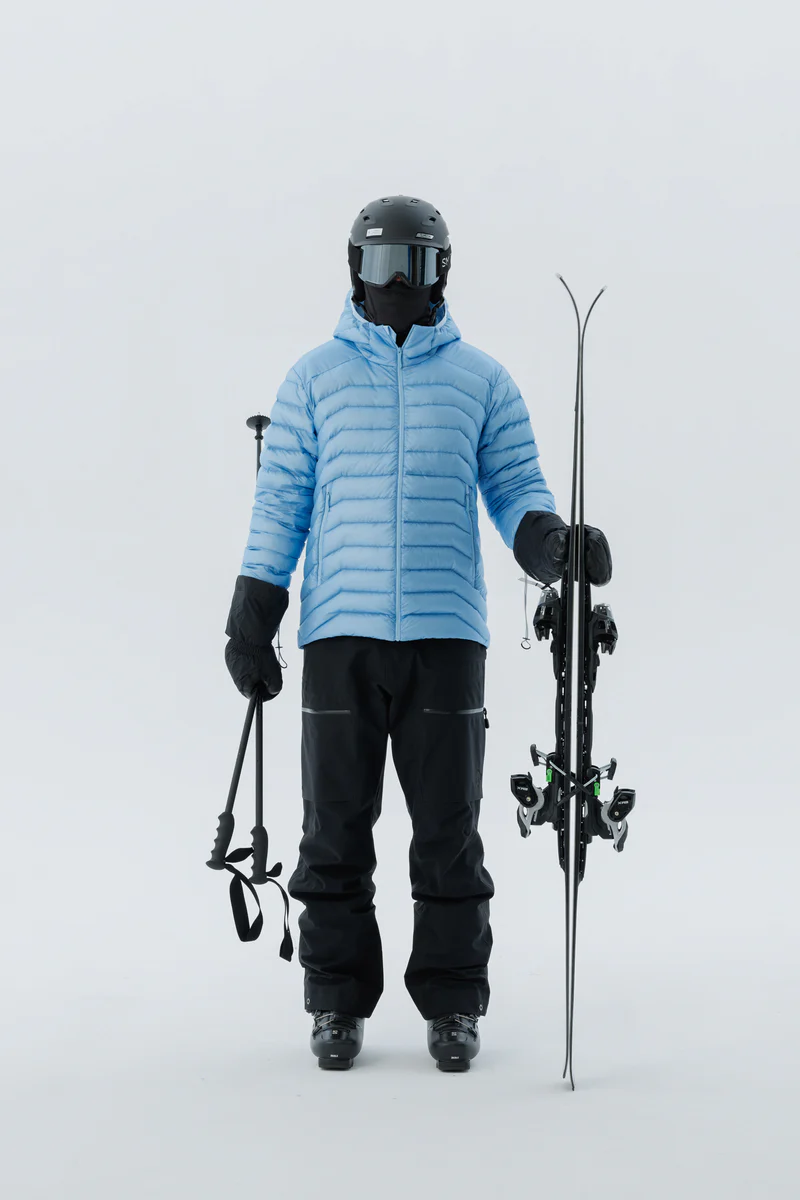
12. In what ways does Inselberg’s New Zealand heritage contribute to its brand identity and product offerings? How did New Zealand’s rugged alpine terrain influence Inselberg’s product designs?
New Zealand has always had a quiet confidence about it. It’s a place where practicality and precision are part of the mentality—where people build from scratch, solve problems independently, and apply exacting standards in everything. We believe the same holds true for Inselberg, we’ve built a brand focused entirely on alpine performance. We’re not trying to prove something—we’re trying to create tools that work.
The terrain plays a critical role. From glaciers to coastal ranges, you can test insulation, shell layers, softshells, and breathability systems all within hours of each other. That proximity allows us to prototype and test with a speed and depth that’s hard to find elsewhere. We’ve designed our products around this terrain because it allows us to develop with precision. New Zealand isn’t a brand message—it’s our laboratory. It’s where development happens.
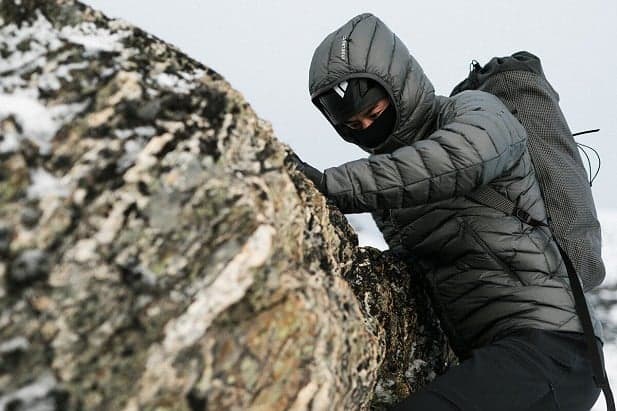
13. How does Inselberg’s philosophy of ‘one purpose, one solution’ manifest in its product lineup?
We don’t build collections for trend cycles. We make one piece for each use case—built with the sole intent of solving a real, specific problem. That singularity lets us channel all our energy into refining every element until the result is exact. No redundancy. No bloat. Just a tool that works.
We are the opposite of fashion. We’re an alpine engineering lab—working side by side with guides, professionals, and rescue teams to co-create products that perform at the margin. Our gear is designed to function under pressure, at altitude, in cold, in wind, and when the cost of failure is high. We aren’t designing to impress. We’re designing to solve. And when it works, there’s nothing else you need.
Inselberg’s philosophy of ‘one purpose, one solution’ isn’t just marketing speak; it’s built into the very fibres and seams of every piece they create
For those who move fast in places where mistakes cost more than pride, Inselberg isn’t just another brand. It’s a quiet revolution. With anticipation we look to see what comes next.
Visit their website HERE
Similar Feature
Inselberg: The New Zealand Mountaineering Brand Tested on Everest


